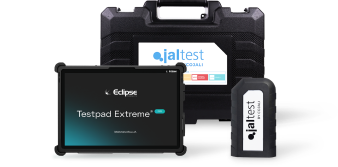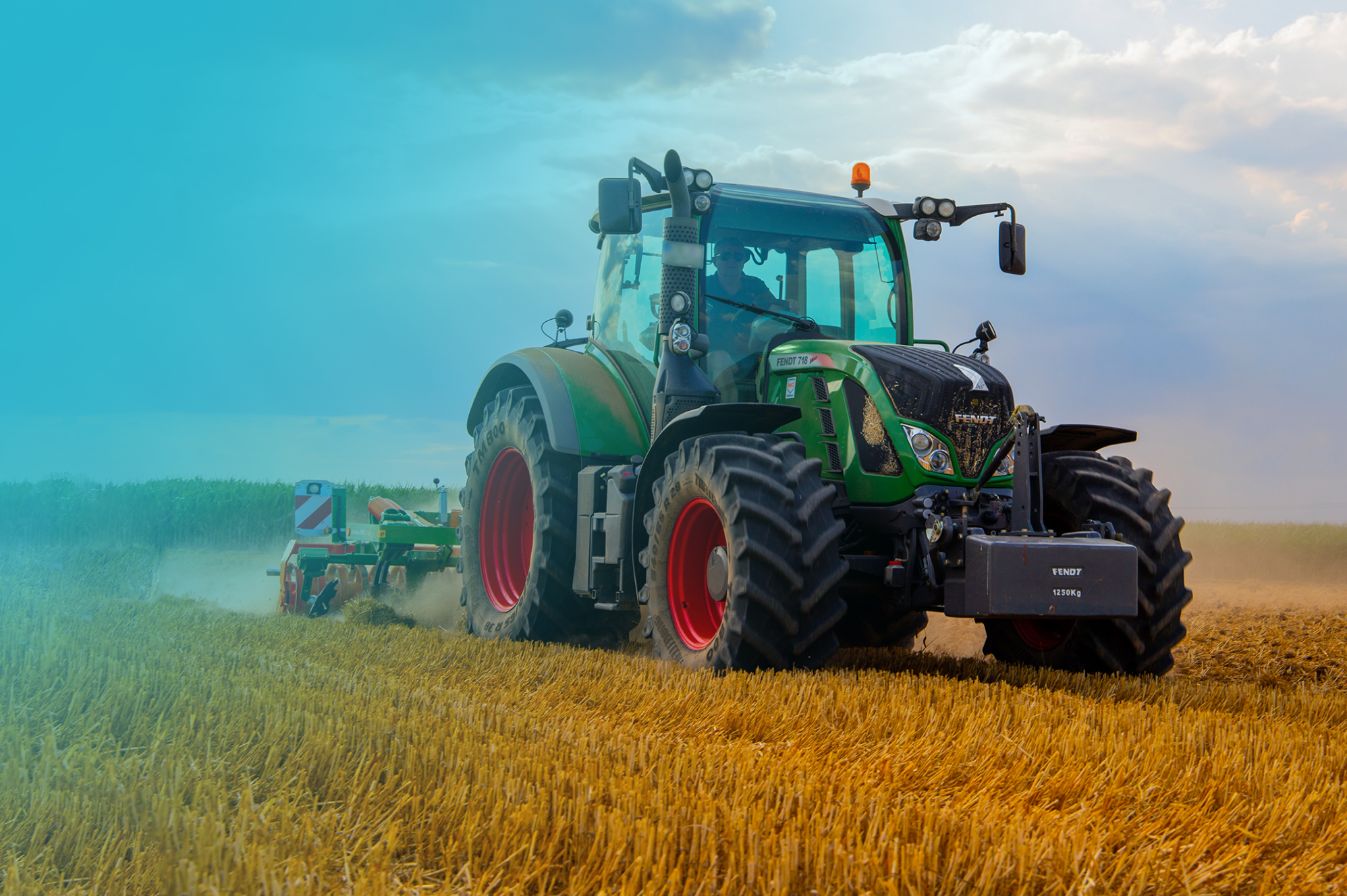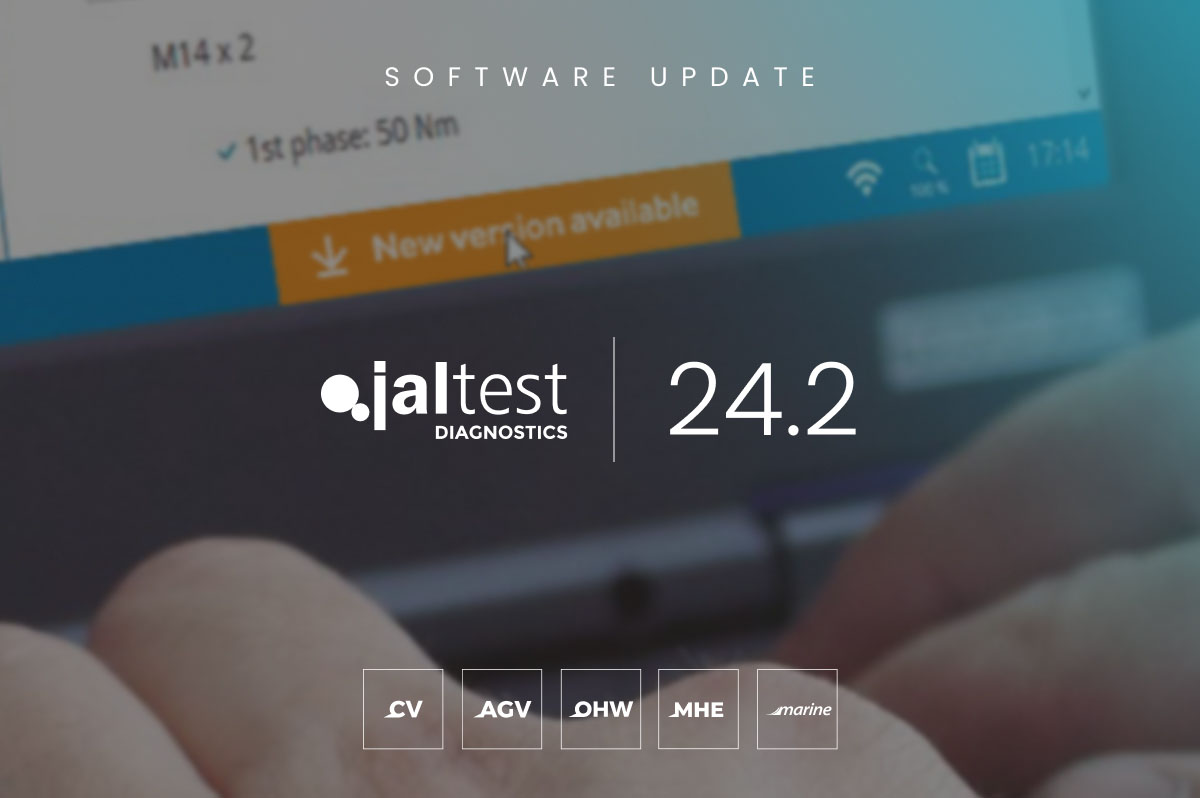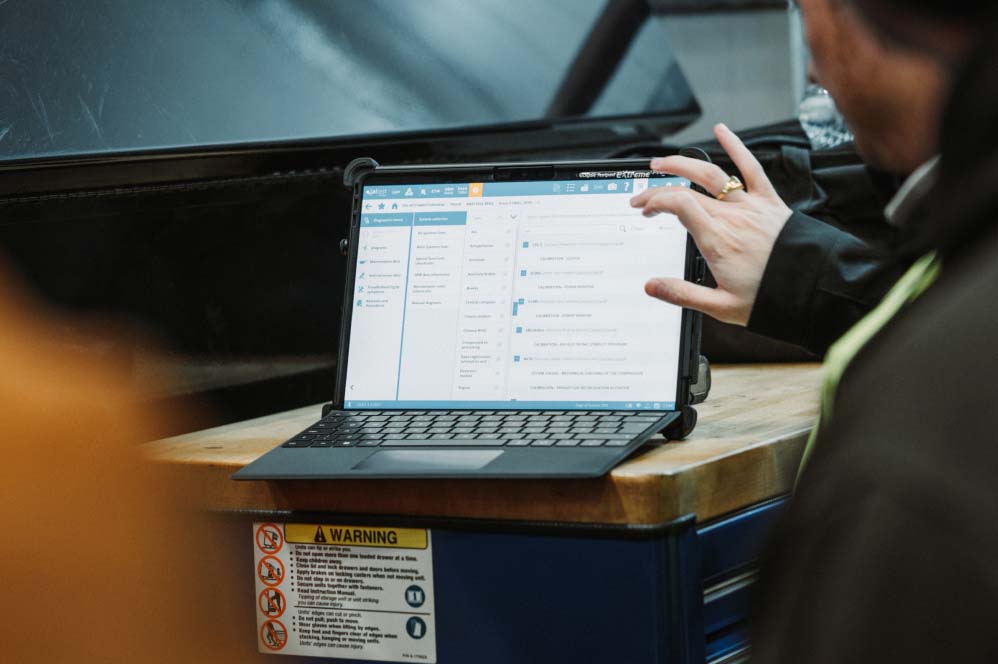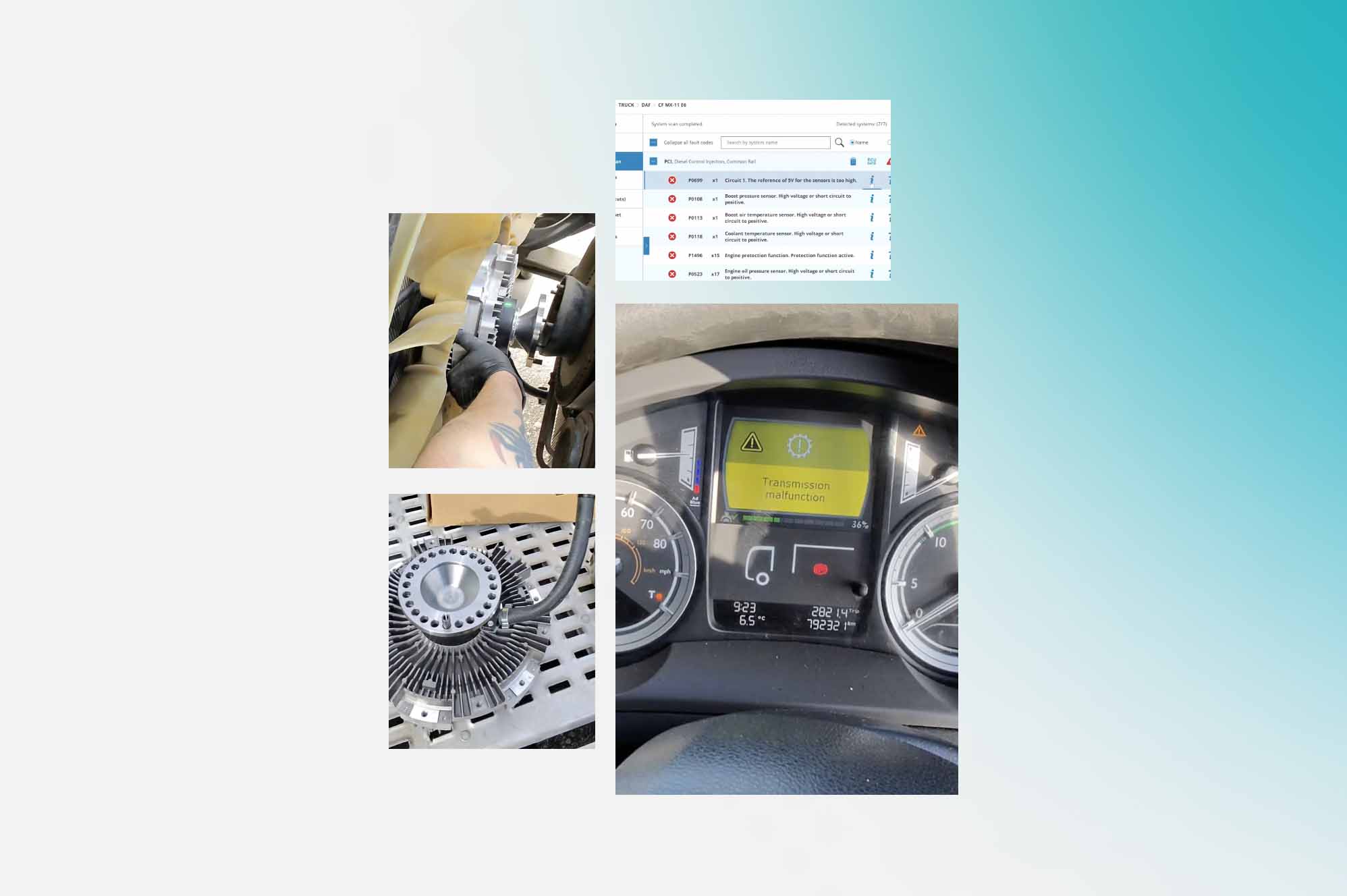Technological advancements in agricultural diagnostics have significantly improved the way farmers manage their equipment and operations. The need to improve efficiency, reduce downtime, and optimise output has spurred these improvements forward.
The introduction of telematics technology, which allows for remote monitoring of equipment performance, is a significant improvement. Sensors and GPS tracking are used in this technology to offer real-time data on equipment usage, fuel consumption, and maintenance requirements. Farmers can discover potential faults before they become severe problems by monitoring this data and scheduling maintenance and repairs as needed.
Even though this isn’t necessarily diagnostics – precision agricultural technology development is another noteworthy advancement. Data analytics and sensor technologies are used to supply farmers with accurate information about soil quality, nutrient levels, and crop health. This data can be utilised to improve planting, fertilising, and pest management procedures, yielding larger yields and higher-quality crops.
Overall, advances in agricultural diagnostics technology, like Jaltest AGV, are assisting farmers in running their businesses more efficiently and responsibly. Farmers may boost yields, minimise waste, and protect the environment while increasing revenue by embracing this technology. There is no doubt that as technology advances, agriculture will benefit from new and creative diagnostic tools and technologies.
For a complete look at the tool make sure to explore our blog for a full overview of Jaltest AGV or frequently asked questions about Jaltest AGV technology.
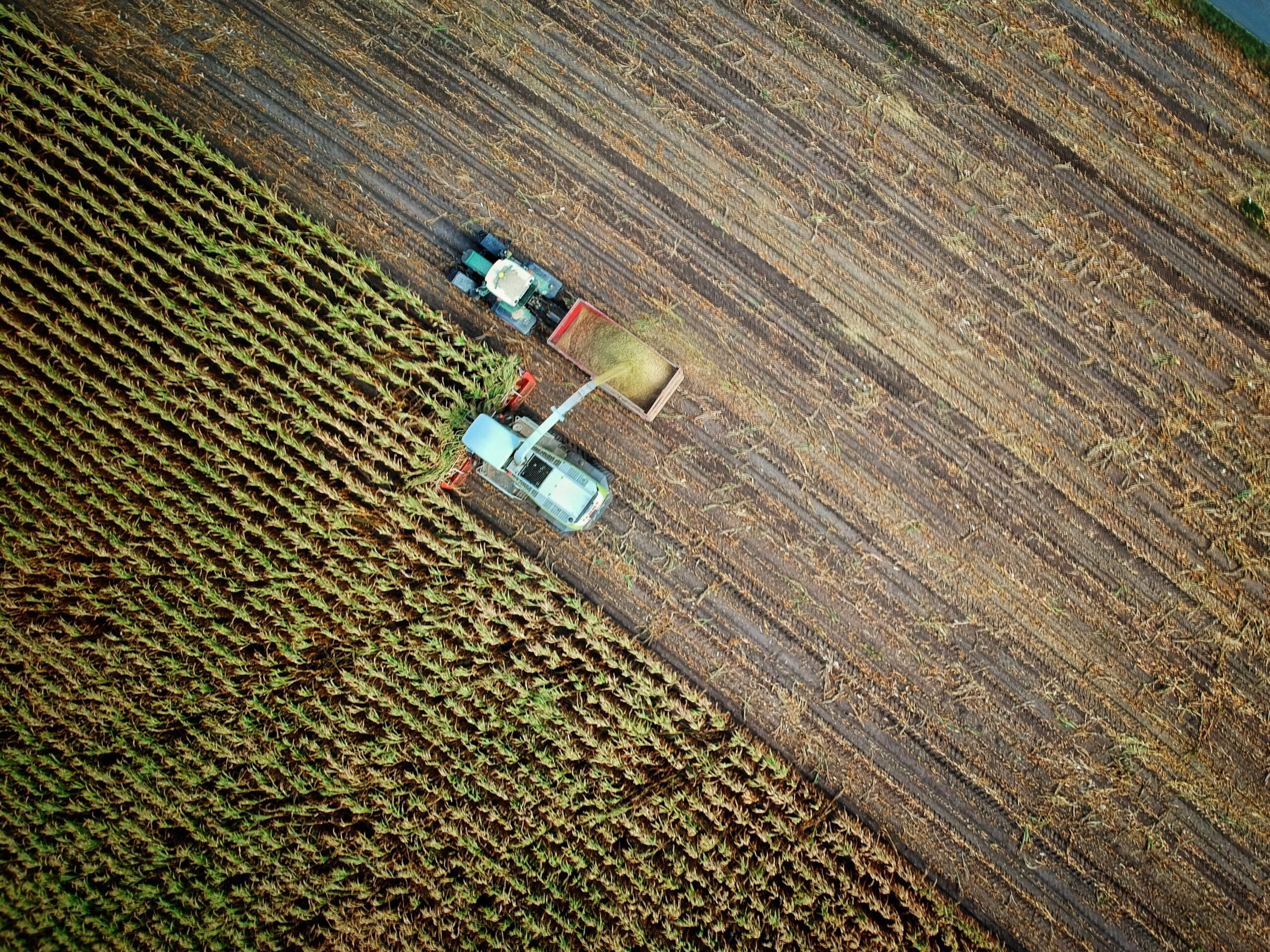
Benefits of Agricultural Diagnostics Technology
Using diagnostic technologies in agriculture has various advantages. Increased efficiency is one of the most significant benefits. Farmers may discover inefficiencies and optimise their operations to decrease waste and enhance yields by remotely monitoring equipment and employing data analytics. This can result in substantial cost reductions as well as increased earnings for the farmer.
Increased productivity is another advantage of diagnostic technologies. Farmers can reduce equipment downtime and keep their operations running smoothly by spotting possible concerns before they become significant problems. This can result in more crops planted, more crops harvested, and more time spent on vital chores like equipment maintenance and crop management.
Furthermore, diagnostic technology can aid to increase agricultural safety. Farmers may limit the risk of accidents and injuries by ensuring that their equipment is running properly and resolving any concerns as soon as they arise. This is especially critical for massive, sophisticated machinery that, if not used correctly, might be dangerous.
Finally, diagnostic technologies can assist farmers in making more educated business decisions. Farmers can obtain a better understanding of their crops, equipment, and environment by employing data analytics and other techniques. This can assist them in making more strategic planting, harvesting, and other commercial decisions.
Overall, the advantages of using diagnostic technologies in agriculture are obvious. This technology can help farmers survive in an increasingly competitive and complex business by enhancing efficiency, productivity, sustainability, safety, and decision-making.

Use Cases
Vehicle diagnostics technology is an important agricultural tool since it allows farmers and farm managers to remotely monitor the performance of their farm vehicles, assuring effective operation, less downtime, and lower maintenance costs. Following are some specific agricultural applications for agricultural diagnostics technology:
- Detecting possible issues: you can detect potential issues with agricultural vehicles before they become too problematic. Farmers may detect faults such as engine problems, hydraulic leaks, and tyre wear by remotely monitoring the performance of farm vehicles through telematics. This information can assist farmers in more efficient scheduling maintenance and repairs, decreasing downtime and maintaining farm vehicles in peak condition.
- Tracking maintenance schedules: farmers can remain on top of typical maintenance jobs like oil changes, filter replacements, and other vital services. The use of this technology may cut repair costs, eliminate downtime, and extend the life of their farm vehicles by scheduling maintenance operations more efficiently.
- Enhancing farm safety: it can also be utilised to improve farm safety. Farmers can spot any safety issues that need to be rectified by remotely monitoring the operation of farm vehicles, such as braking problems, steering issues, or other mechanical problems. This can help to reduce the likelihood of accidents and injuries, as well as keep workers safe and reduce responsibility.
- Route optimisation: diagnostic technologies can also be used to optimise the routes that farm vehicles take, which can assist to cut fuel costs, enhance efficiency, and reduce vehicle wear and tear. Farmers can determine the most effective routes for their vehicles by analysing data on fuel usage, vehicle performance, and other aspects, saving travel time and increasing productivity.
These are just a few examples of how diagnostic technology is being utilised in agriculture to improve farm vehicle performance, lower costs, and increase safety. We should expect to see many more imaginative use cases in the coming years as this technology evolves.
If you’re looking to find out more about Jaltest AGV use cases, feel free to check out our blog.
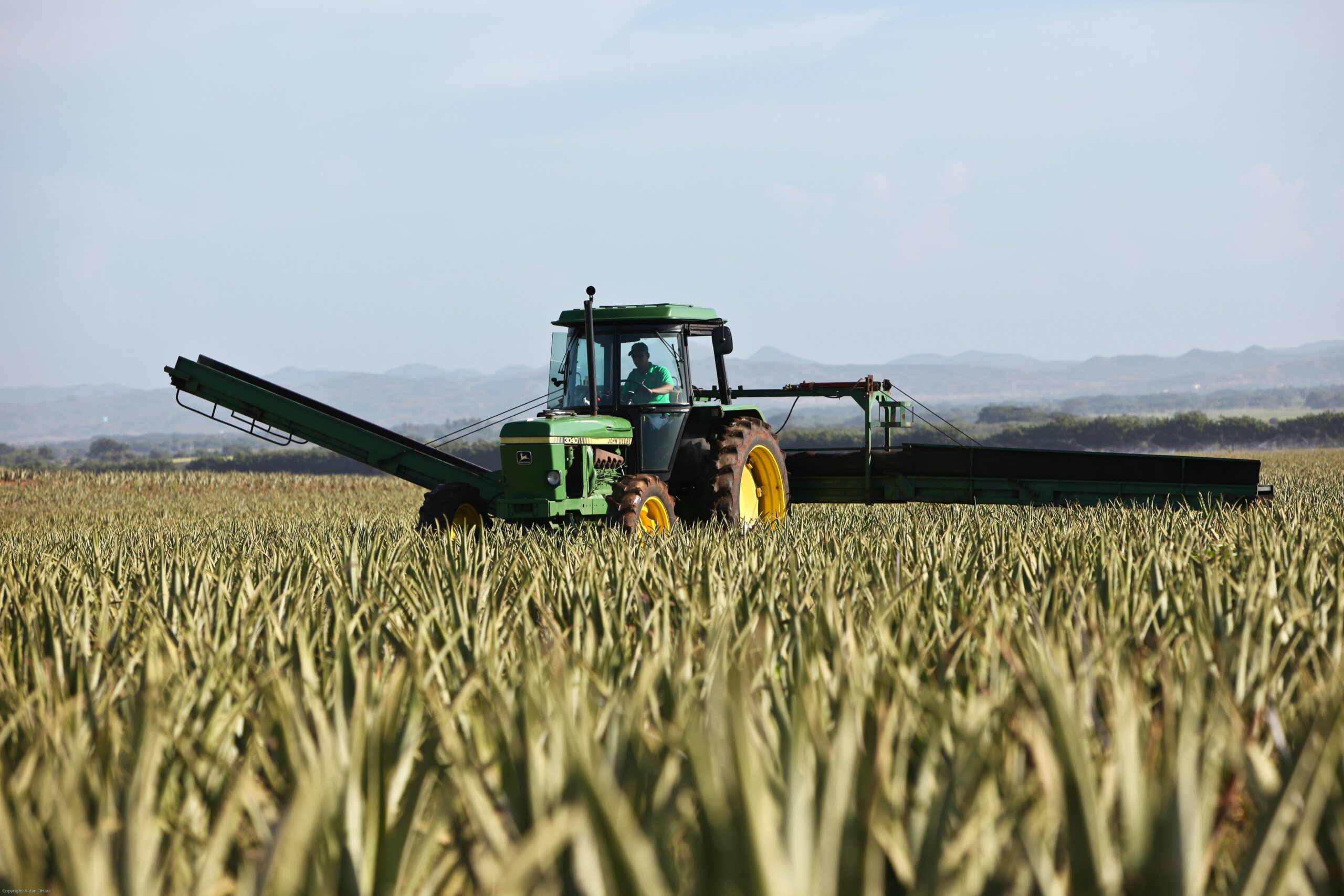
Final Thoughts
Agricultural vehicle diagnostics technology advancements are having a big impact on the industry. Farmers may increase productivity, decrease downtime, and save money on maintenance by remotely monitoring and diagnosing equipment performance. The diagnostics technology can improve safety while also lowering environmental impact by ensuring that equipment is running efficiently.
Vehicle diagnostics technology is expected to become much more powerful and integrated with other agricultural technologies in the future. Farmers will have access to even more powerful diagnostic tools with the usage of AI, AR, and autonomous vehicles. Which will help them optimise their operations and enhance their bottom line.
Overall, vehicle diagnostics technology is a promising development for the agricultural business, with the potential to change the way farmers work. Farmers may enhance their efficiency, productivity, and profitability by embracing this technology, while also contributing to a more sustainable and ecologically friendly agricultural sector.
